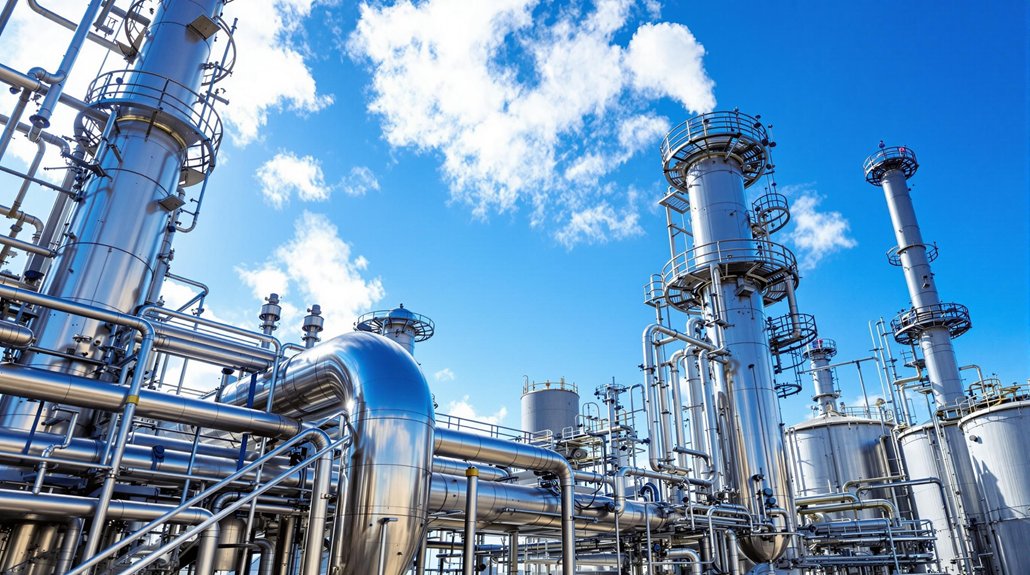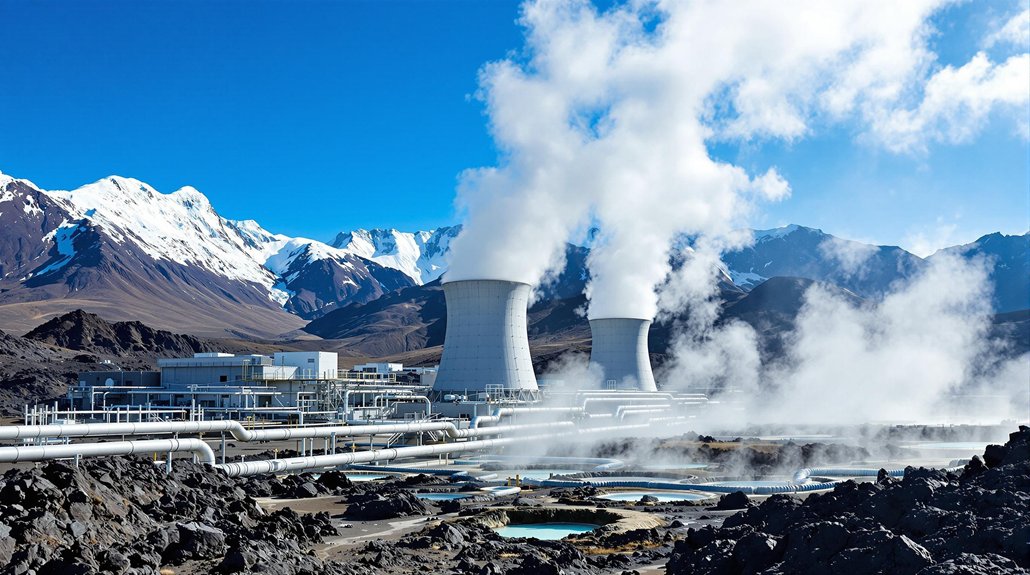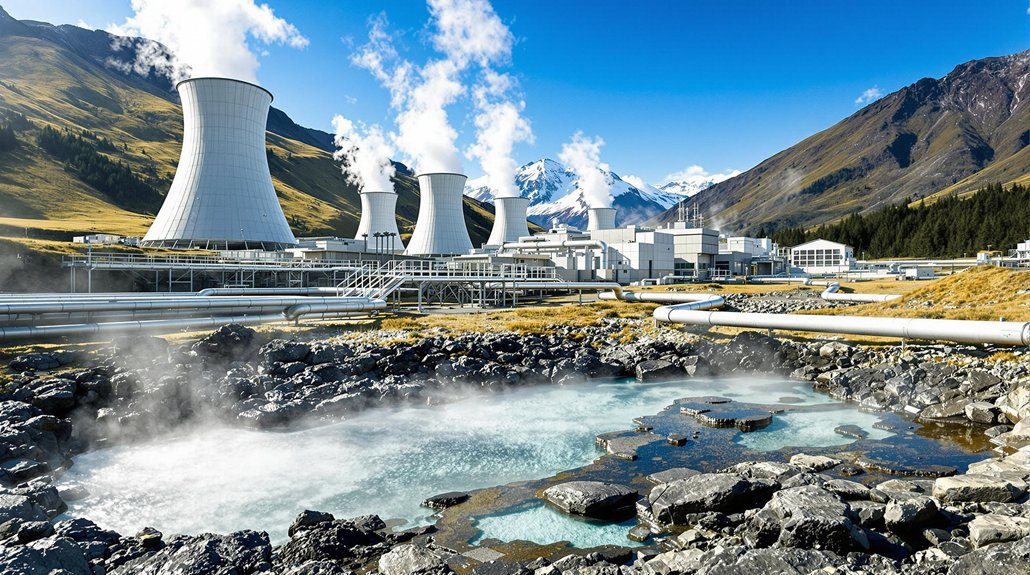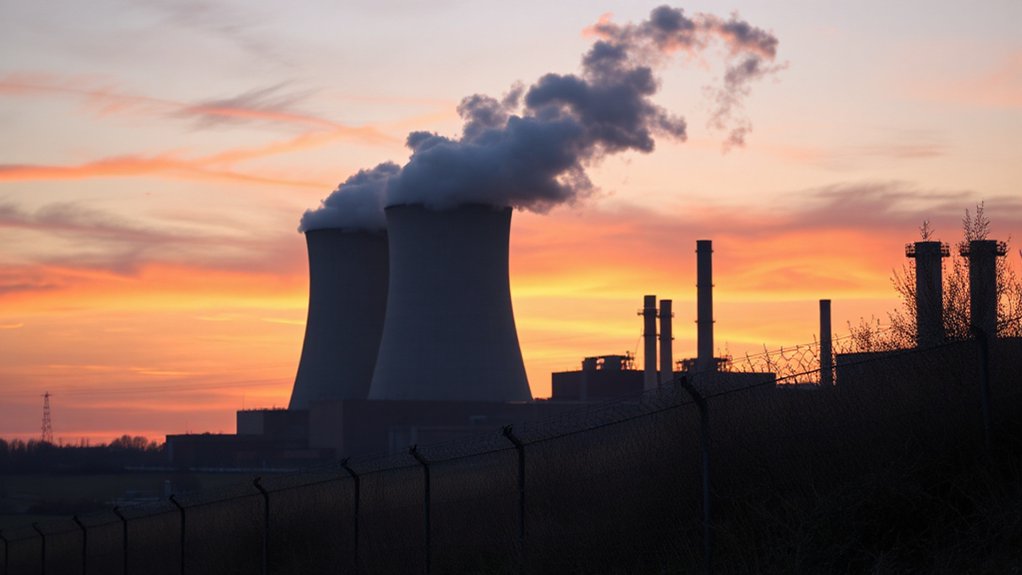Hydrogen fuel is made primarily through Steam Methane Reforming (SMR), where natural gas meets super-heated steam at scorching temperatures up to 1,100°C. It's not exactly environmentally friendly, but hey, it's cheap and supplies 95% of U.S. hydrogen. Other methods include electrolysis (splitting water with electricity), coal gasification (messy but effective), and some fancy experimental processes using biomass and microbes. The future might look different as greener technologies emerge.
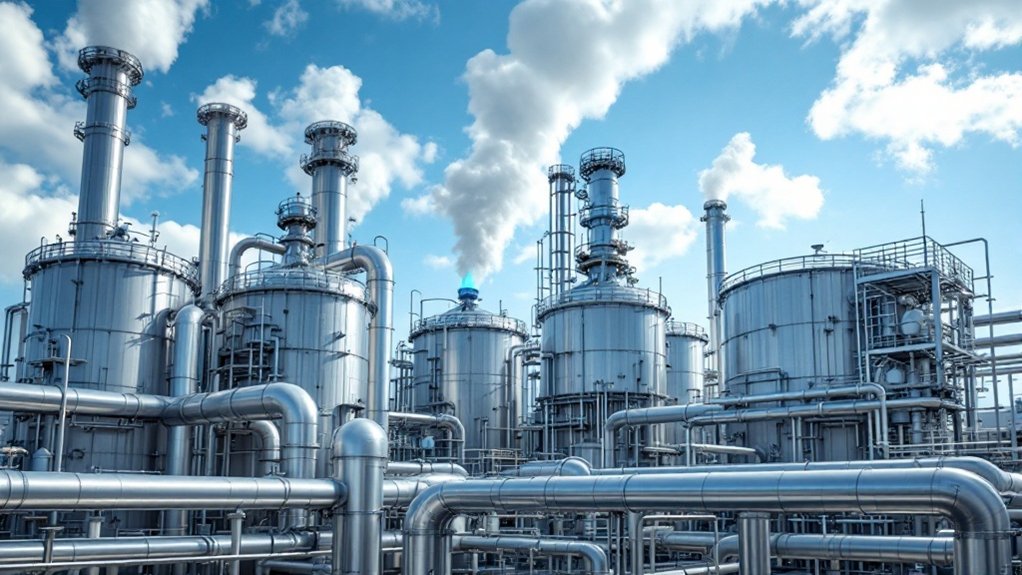
Several methods exist for producing hydrogen fuel, but only a few dominate the industry. Steam methane reforming (SMR) is the undisputed heavyweight champion, cranking out 95% of America's hydrogen. It's not complicated – just blast natural gas with super-hot steam, throw in some nickel catalyst, and boom: hydrogen.
Operating at 700-1,100°C, SMR requires extremely high temperatures to complete the reforming process.
Sure, it dumps greenhouse gases into the atmosphere, but hey, it's cheap.
Money talks, carbon walks – the inconvenient truth about why steam methane reforming dominates hydrogen production despite its environmental costs.
For the environmentally conscious, there's electrolysis – literally zapping water molecules apart using electricity. When powered by renewable energy, it's squeaky clean "green" hydrogen. The catch? It costs more than SMR. But that's the price of a clean conscience, right? Currently, this method has 1.4GW of capacity installed worldwide.
Some countries still love their coal gasification. They cook coal under intense heat and pressure until it breaks down into hydrogen and carbon monoxide. It's dirty, it's messy, but when you're sitting on mountains of coal, it's tempting. The resulting hydrogen must pass through quality control testing before deployment in fuel cell applications.
Speaking of alternatives, biomass gasification does the same thing but with organic waste instead. At least that's potentially carbon-neutral, assuming you're not clear-cutting forests for fuel.
The tech nerds are working on some fancy methods too. Thermochemical water splitting uses intense heat from solar concentrators or nuclear reactors to tear water molecules apart. It's promising but still stuck in the lab coat phase.
Same goes for biological production – microscopic bugs making hydrogen through fermentation or photosynthesis. Cool science, but don't hold your breath for industrial scale.
The newest kid on the block is plasma pyrolysis, which sounds like something from a sci-fi movie. It uses plasma to break down hydrocarbons into hydrogen and solid carbon. No direct CO2 emissions, plus you get useful carbon powder as a bonus.
But like most cutting-edge tech, it's still working out the kinks.
Right now, SMR rules the hydrogen kingdom, despite its carbon footprint. The others are either too expensive, too experimental, or too inefficient for prime time. But with climate change breathing down our necks, that might not be true forever.
